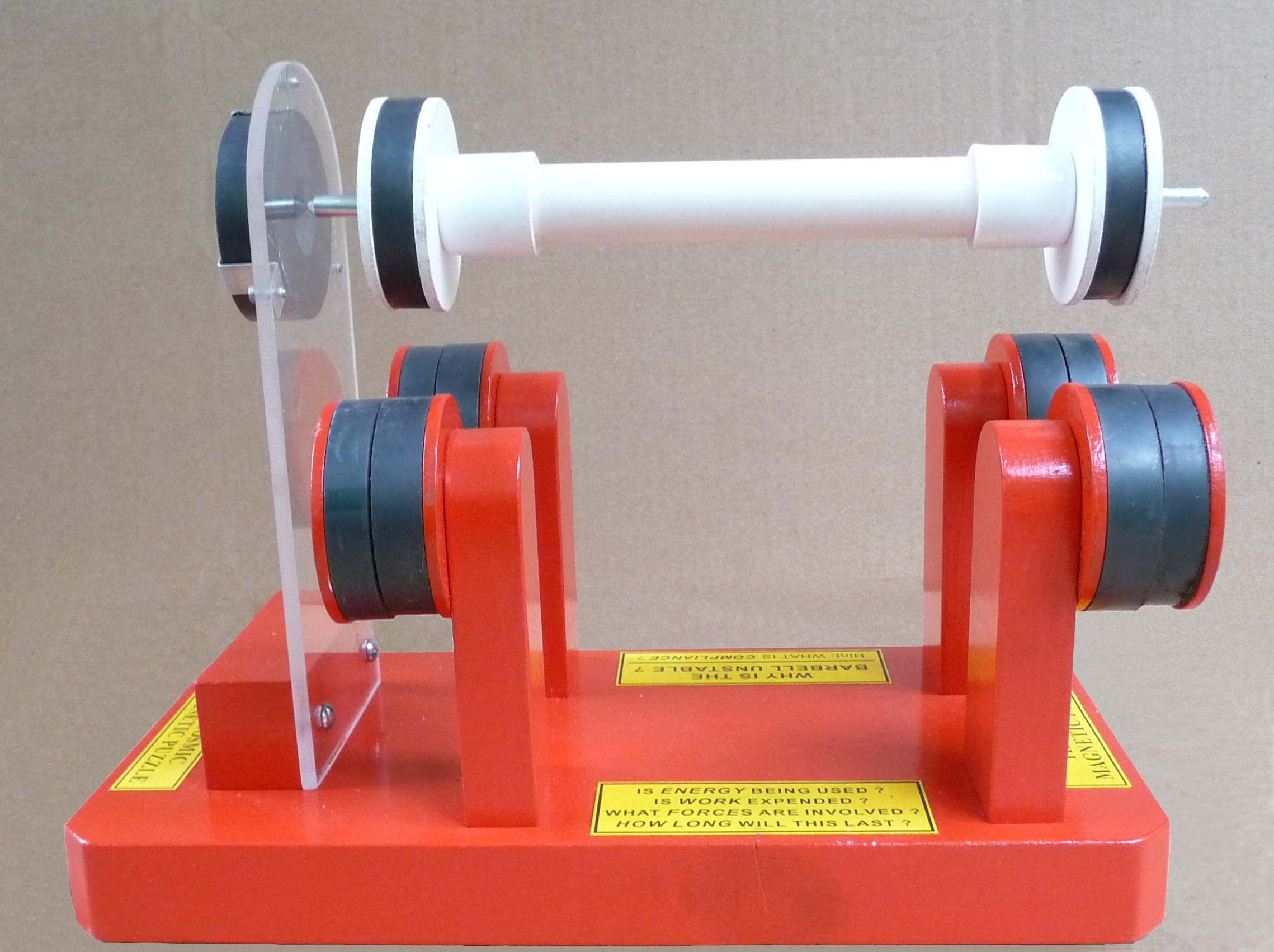 by: Cynthia House
by: Cynthia House
I sponsor an after school Science Club in a K-5 elementary school. The club is organized into two-week-long sessions, each session focusing on a specific topic. One of this year’s most successful sessions involved the Archimedes Balance from Educational Innovations.
Archimedes Balance Experiment 1:
- two Class Set of Six Archimedes Balances and one Classroom Density Assortment
- calculators
- answer sheet, listing the sample materials and their densities
- fill-in table to record findings:
Students worked in pairs with first and second grade children teamed with a fourth or fifth grade student. We introduced the topic with a brief Power Point biography of Archimedes and his accomplishments, focusing on the story of King Hieron’s crown. Then students practiced determining the density of materials using the Archimedes balance and the samples supplied in the sets (all directions are included in the kit).
The Archimedes Balance relies on Archimedes’ principle which states that a floating object displaces its own weight of fluid. The balance consists of a graduated cylinder partially filled with water and a tube that fits inside the cylinder and can float in the water. By placing an object inside the inner tube and measuring the amount of water displaced, you can easily determine the objects weight. Read the rest of this entry »



 Posted by Tami O'Connor
Posted by Tami O'Connor  by: Martin Sagendorf
by: Martin Sagendorf
